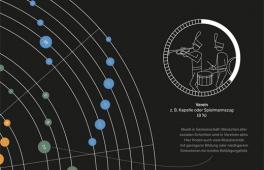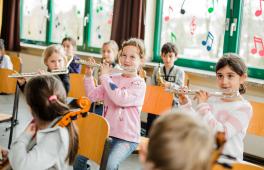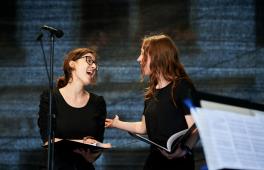The representative survey of the population aged 6 and above was conducted by the Institut für Demoskopie Allensbach on behalf of the German Music Information Centre in November and December 2020. The study provides a differentiated overview of age groups, class-specific or regional differences and the ways in which amateur music-makers have come into closer contact with music.

The analysis shows that 19% of the population aged 6 and over make music in their free time, equating to 14.3 million people. Almost half of children and young people between the ages of 6 and 15 play an instrument or sing together. Among the over-30s, however, this figure is only around 13%. The starting age for making music is low, at 11 years on average.
There are some serious differences in the various socio-demographic groups. 25% of people aged 16 and over with a higher socio-economic status are considered recreational and hobby musicians, but only 12% from the lower and 14% from the middle social classes.
Of the musically active children and young people aged 6 to 15, almost all play an instrument (96%), and 29% sing, e.g. in a choir or choral society.
Men and women aged 16 and over sometimes have very different instrumental preferences. For example, men have a much stronger inclination towards all electronic musical instruments than women. The guitar, brass instruments and saxophone are also played much more frequently by men. Conversely, the recorder and piano are among the instruments played significantly more often by women.
Amateur musicians are active in a wide variety of contexts: Eight out of ten play at home or in a private setting; a quarter make music in a choir, and just under a fifth in church. Likewise, people are also involved in bands, brass bands and/or marching bands, orchestras and ensembles, during holiday music courses or at traditional events.




